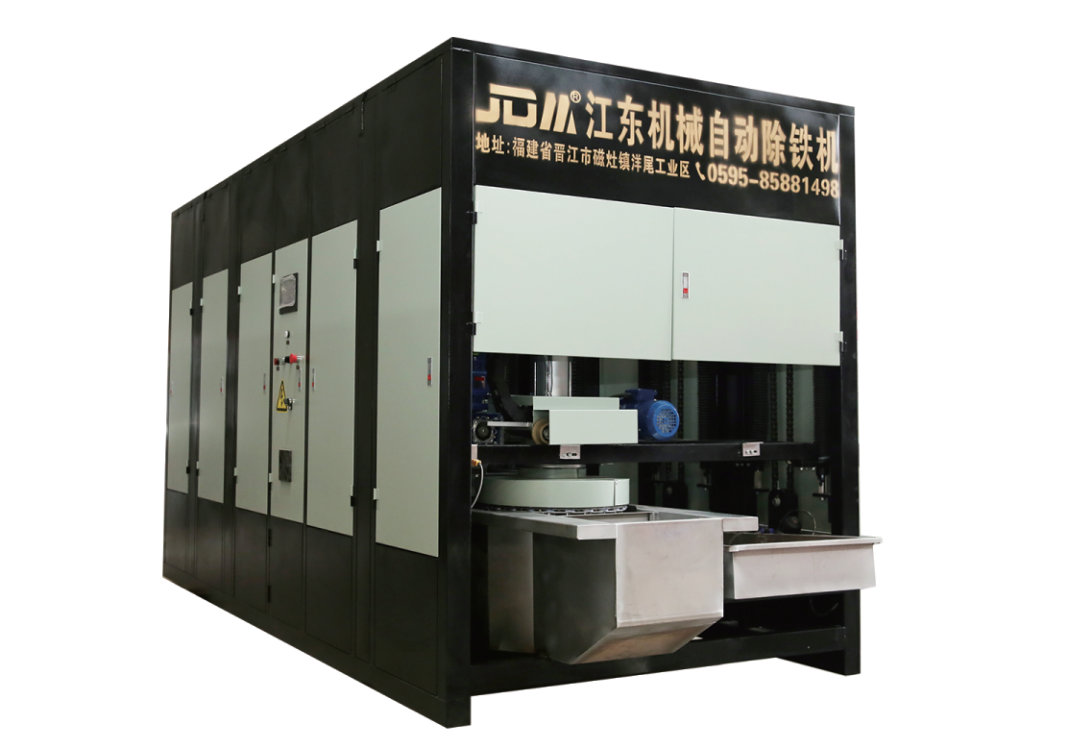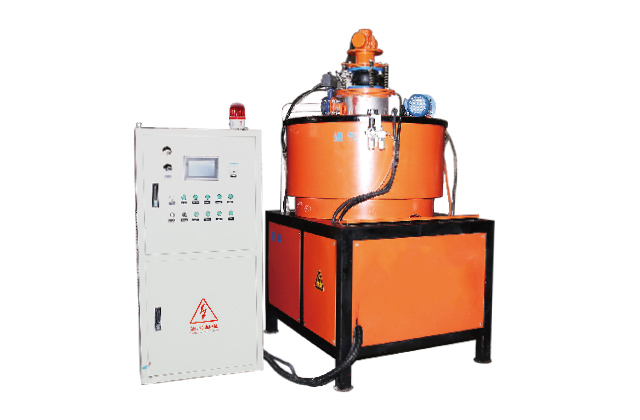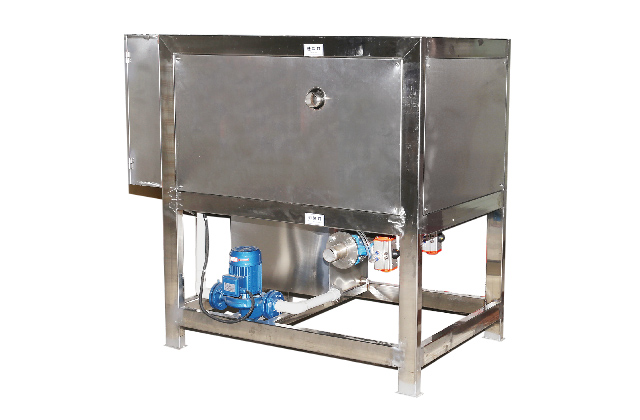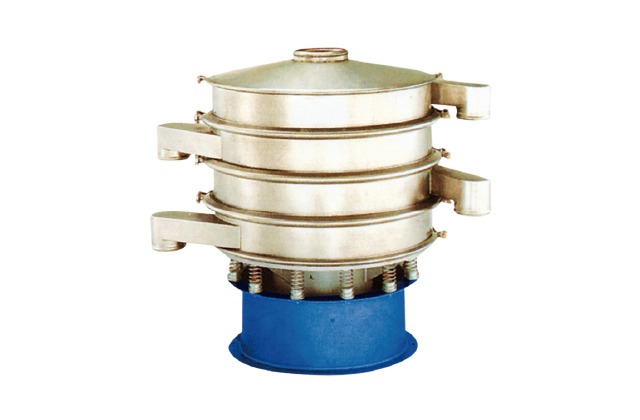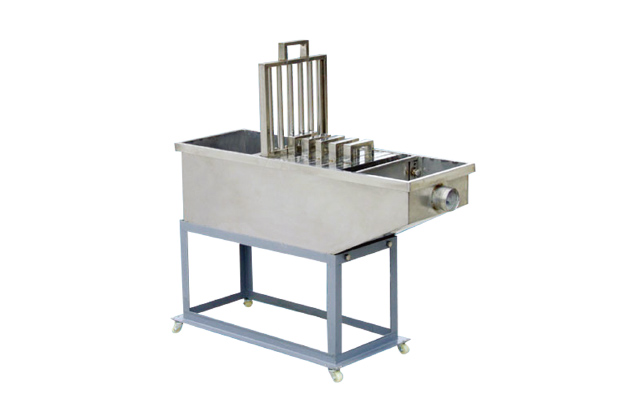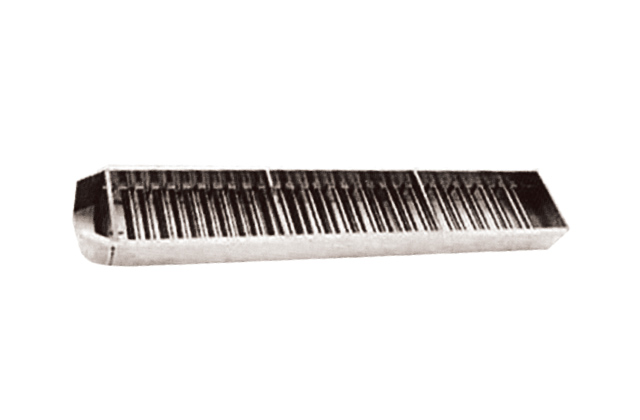October 17, 2025
How Can You Separate Gold From Iron Without Losing Precious Metal?
Imagine finding a glittering mixture of gold and iron—two metals that look nothing alike yet often stick together in nature. If you have ever panned river sand or dismantled old electronics, you have probably asked yourself “how to separate gold and iron” without turning your garage into a chemistry war zone. Let’s cut straight to the chase and explore the smartest, safest and most budget-friendly ways to do exactly that.
Why Gold and Iron Tangle Together in the First Place
Gold is heavy, iron is magnetic; sounds simple, right? Well, Mother Nature loves to mess with us. In placer deposits, iron-rich black sand rides the same currents that carry fine gold particles. Crush a bit of ore and you will notice that the liberated gold often hides inside iron oxide coatings. This intimate marriage means that tossing a magnet in a bag of dirt will only pull the iron; the gold stays behind, but so does a surprising amount of iron-laden sand. So the real challenge is not just removing iron, but doing it cleanly enough that no gold slips away unnoticed.
Method 1: Magnetic Separation at Home—The First Line of Defense
The quickest answer to “how to separate gold and iron” starts with a humble neodymium magnet stuck inside a plastic bag. Swirl it through the concentrate, pull out the magnetic fraction, turn the bag inside out, and presto—most of the iron is gone. Keep in mind that this only works for ferromagnetic minerals like magnetite, not for hematite or rust. For those, you need roasted reduction (more on that later). One rookie error is using a bare magnet; gold can get pinched between iron flakes and become a casualty.
Pro tip: Run the non-mag fraction twice. Ninety percent of losses happen because people think one pass is enough. Trust me, I’ve seen prospectors leave enough gold behind to pay for their gas home—err, I mean, home gas. (Yep, that was the intentional grammar slip to keep things human.)
Supplies You Actually Need
- Neodymium magnet wrapped in cling film
- Wide-mouth plastic pan
- Spray bottle with water to wash off clinging dust
- Hand lens or cheap USB microscope to verify results
Method 2: Density Baths—Let Specific Gravity Do the Heavy Lifting
Gold clocks in at 19.3 g cm⁻³, while iron minerals hover around 5.1 g cm⁻³. That gap is music to a miner’s ears. By mixing a carefully calibrated density bath, you can suspend iron yet let gold sink. Two everyday reagents stand out: sodium polytungstate (SPT) and plain old mercury-free zinc chloride solution. Both are reusable dozens of times if you filter properly.
Here’s the step-by-step:
- Dry your concentrate completely—water throws off density curves.
- Prepare a bath at ~6 g cm⁻³ by dissolving SPT granules in warm distilled water, checking with a hydrometer.
- Pour the concentrate in slowly, stir gently for 30 s, then allow 5 min for stratification.
- Skim the floating iron layer, rinse with water, and collect the gold that sits on the bottom.
Yes, SPT is pricey upfront, but a single 1 kg bottle can be recycled for years. Compare that to the running cost of nitric acid and you will see why commercial labs quietly swapped to density baths decades ago.
Method 3: Acid Leaching—When Nothing Else Scrubs the Iron Stains
Sometimes iron coats gold so thoroughly that mechanical tricks fail. In those cases, a mild acid leach is the gold standard (pun intended). Muriatic acid—swimming-pool grade hydrochloric acid—dissolves iron oxides while leaving metallic gold untouched. Safety first: work outside, wear goggles, and always add acid to water, not the other way around.
Typical mix:
- One part 31 % HCl
- Three parts tap water
- A teaspoon of bleach (sodium hypochlorite) to oxidize stubborn Fe²⁺ to Fe³⁺
Let the mix sit no longer than 30 min; extended soaks can form insoluble chloro-gold complexes that sneak gold into solution. After leaching, rinse with distilled water, neutralize with baking soda, and pan the remaining concentrate. You will notice the gold looks brighter; that’s because the iron film is gone.
Method 4: Smelting with Fluxes—Turning Iron Into Slag
Large-scale operators rarely ask “how to separate gold and iron” because they simply melt everything. Add borax, sodium carbonate and a pinch of silica, and iron converts to fusible slag at 1100 °C while gold settles as a shiny button underneath. The downside: you need a furnace capable of 1200 °C and a steady supply of oxygen. Hobbyists can achieve the same result with a propane kiln, but expect fumes and a steep learning curve. Never smelt indoors unless you crave a visit from the fire department.
Putting It All Together: A Hybrid Workflow That Maximizes Recovery
Seasoned prospectors rarely rely on a single trick. The smartest workflow is:
- Screen to 30 mesh to remove trash.
- Magnetic separation to pull coarse iron.
- Density bath to harvest fine gold and discard light silicates.
- Acid leach only if the gold still looks dull.
- Final panning to weigh your glitter.
Following this sequence routinely pushes recovery above 95 %, even for ultra-fine gold that you can barely see with the naked eye.
Common Pitfalls That Gobble Up Your Gold
1. Over-magnetizing: If your magnet touches the bottom of the pan, gold can get crushed into cracks and lost.
2. Wrong density: A bath heavier than 7 g cm⁻³ will suspend gold too, defeating the purpose.
3. Improper rinsing: Acid residues turn your concentrate into cement once it dries, locking gold inside.
4. Ignoring safety: Gloves cost less than skin grafts—wear them.
Bottom Line: Choose the Method That Matches Your Scale
If you process a coffee-can full of black sand on weekends, stick to magnets and panning. Running buckets of ore each day? Invest in a density bath setup; it pays for itself within a season. And if you stumble upon tons of low-grade material, consider smelting or contracting a refinery. Whichever route you take, remember that patience beats fancy gear every single time.

